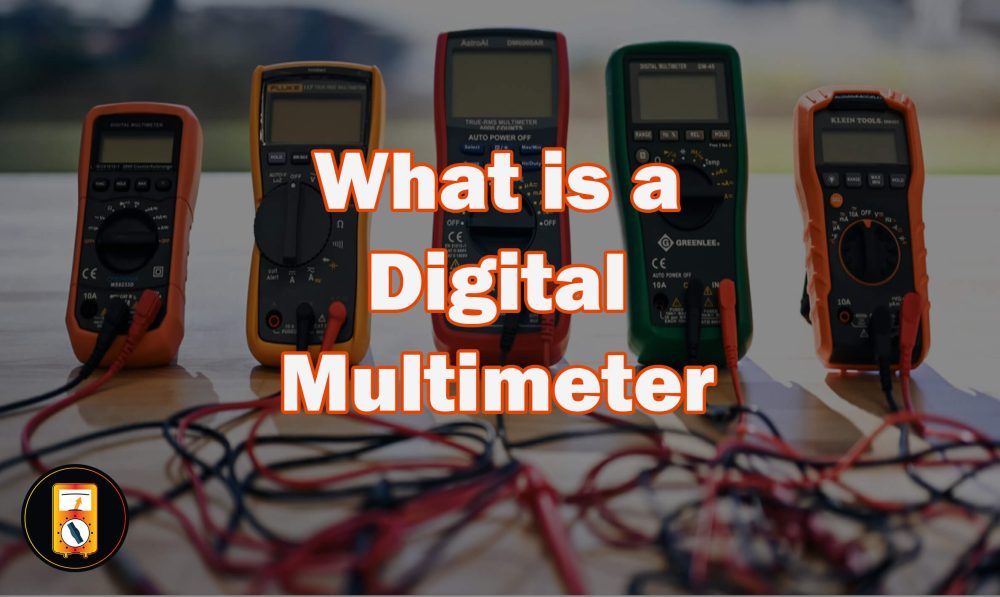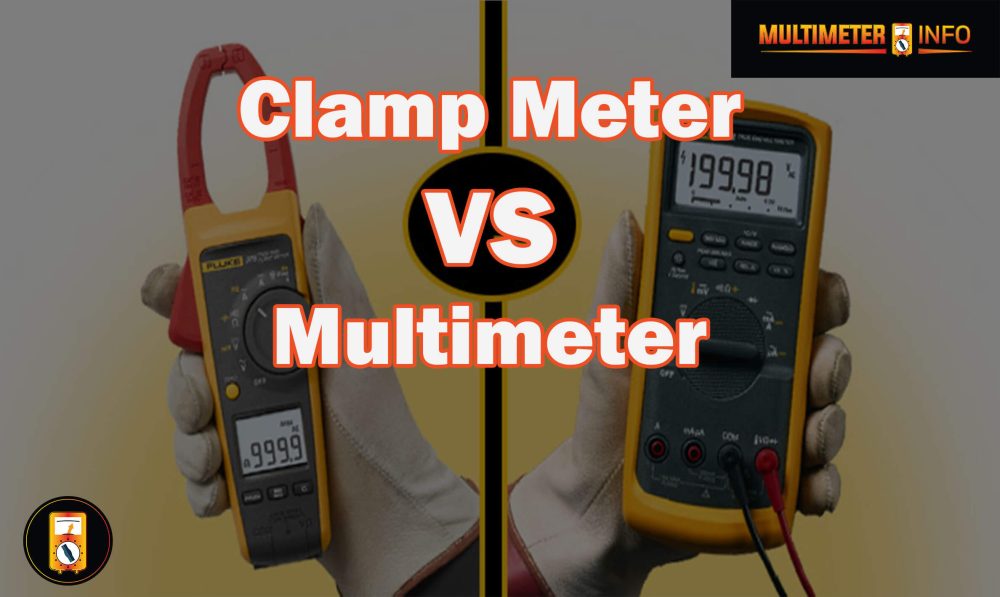Can a multimeter measure current? This question often arises among DIY enthusiasts, electricians, and hobbyists who work with electrical circuits. In this article, we will explore the capabilities of a multimeter when it comes to measuring current. We will delve into the functionality of multimeters, the different types available, the process of measuring current, and some precautions to ensure accurate readings. So, let’s dive in and unravel the mysteries of current measurement with a multimeter.
What is a Multimeter?
A multimeter is a versatile electronic device that measures various electrical quantities such as voltage, current, and resistance. It combines the functionalities of several instruments into a single device, making it a handy tool for professionals and enthusiasts. The ability to measure current is one of the essential features of a multimeter.
Understanding Current
Before we discuss the current measurement, it’s essential to have a basic understanding of the current. In simple terms, electric current is the flow of electric charge through a conductor. It is measured in units called amperes (A) and is denoted by the symbol ‘I.’ Current is a fundamental aspect of electrical circuits, and measuring it accurately is crucial for assessing the performance and safety of an electrical system.
Types of Multimeters
Multimeters come in different types, catering to various applications and levels of accuracy. The two common types are analog multimeters and digital multimeters (DMM). Analog multimeters use a needle to display readings, while digital multimeters provide readings on a digital display. Both types can measure current, but digital multimeters are more commonly used due to their higher precision and ease of use.
Measuring Current with a Multimeter
A circuit must be appropriately set up to measure current with a multimeter. Start by turning off the power to the circuit under measurement to ensure safety. Then, select the appropriate current range on the multimeter based on the expected current level. Connect the multimeter in series with the circuit, allowing the current to flow through the multimeter. Finally, read the current value displayed on the multimeter.
Setting up the Multimeter
When setting up the multimeter for current measurement, choosing the correct, current range is crucial. If the expected current is unknown, start with the highest range and gradually switch to lower ranges until a suitable range is found. Using an unsuitable range may result in inaccurate readings or damage to the multimeter.
Connecting the Multimeter
The multimeter must be connected in series with the circuit to measure current. This means that the current flows through the multimeter. Connect the multimeter’s positive lead (usually red) to the positive side of the circuit and the negative lead (usually black) to the negative side. Ensure a secure and proper connection to avoid any fluctuations or false readings.
Reading the Current
Once the multimeter is correctly connected, you can read the current value. If using a digital multimeter, the current value will be displayed numerically on the screen. If using an analog multimeter, observe the needle’s position on the scale and note the corresponding value. Take note of the unit of measurement (amperes) and any additional symbols that may indicate the range or mode of the multimeter.
Precautions while Measuring Current
Measuring current involves working with live circuits, so it’s essential to take precautions to ensure safety and accurate readings. Always turn off the power before connecting or disconnecting the multimeter. Handle the multimeter leads carefully, avoiding contact between them or with conductive surfaces. Use appropriate protective equipment, such as gloves or safety glasses.
Troubleshooting Common Issues
While measuring current, it’s common to encounter issues such as a blown fuse, incorrect range selection, or unstable readings. If the multimeter fails to display any current, check if the fuse is intact. If the reading is unstable or fluctuating, recheck the connections and ensure a stable circuit. Double-check the current range and adjust it if necessary. Troubleshooting such issues can help obtain accurate, current measurements.
Conclusion
In conclusion, a multimeter is indeed capable of measuring current. It is an essential tool for anyone working with electrical circuits, providing valuable insights into the behavior and performance of the system. Accurate measurements can be obtained by following the proper setup procedures, selecting the right current range, and taking necessary precautions. Remember to prioritize safety and consult the multimeter’s user manual for specific instructions.
FAQs
Yes, depending on its capabilities and available settings, a multimeter can measure various electrical quantities such as voltage, resistance, capacitance, frequency, and more.
Turning off the power before measuring the current is essential to ensure safety and prevent electrical hazards.
Yes, most multimeters can measure both AC and DC currents. Ensure you select the appropriate current range and pay attention to the type of current you are measuring.
The maximum current a multimeter can measure depends on its specifications. Multimeters have different current ranges, typically from milliamperes (mA) to several amperes (A).
Yes, it is possible to measure current in a live circuit. However, ensure you take all necessary safety precautions and handle the multimeter leads carefully to avoid accidents or damage to the multimeter.





